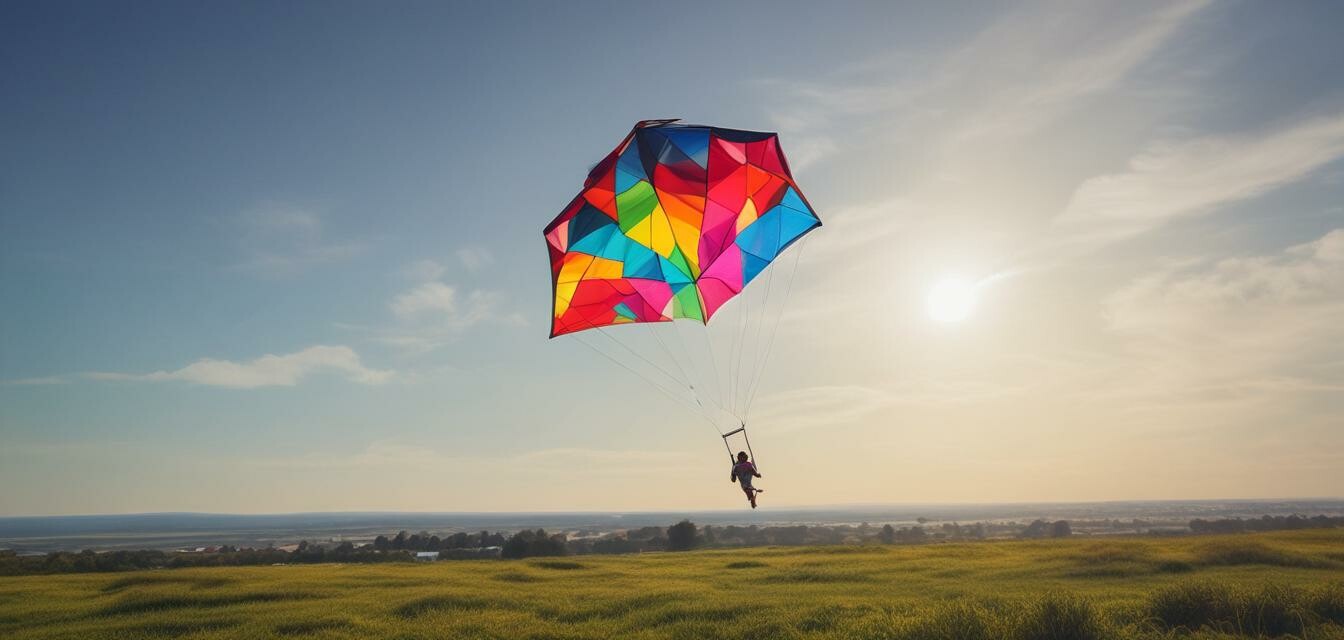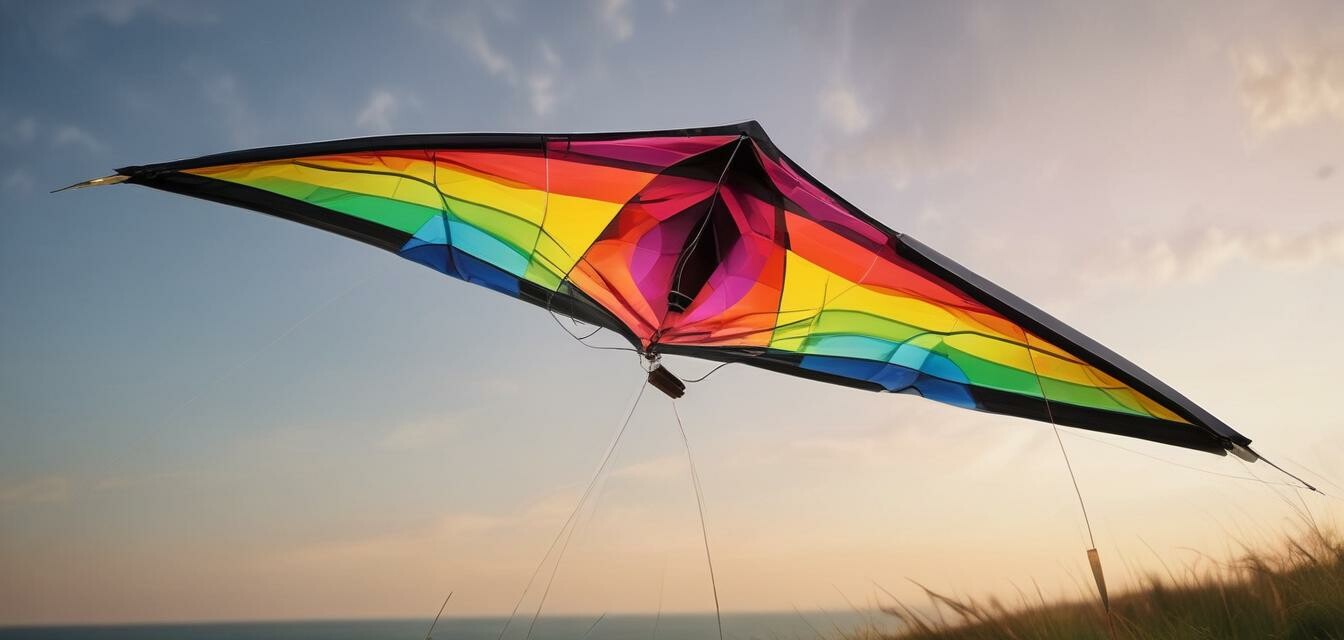
Kite Flying Techniques
Key Takeaways
- Understand the different types of kites and their respective flying techniques.
- Adjust your flying techniques based on weather conditions for optimal performance.
- Learn specific maneuvers to enhance your kite flying experience.
Kite flying is an enjoyable outdoor activity that allows you to connect with nature while exercising creativity. Whether you're a beginner or an experienced flyer, mastering various kite flying techniques ensures that you get the most out of your time in the sky. In this article, we will explore different techniques suitable for various kite types and weather conditions.
Understanding Different Kite Types
| Kite Type | Description | Best Conditions |
|---|---|---|
| Stunt Kites | Designed for tricks and maneuvers. | Light to moderate winds. |
| Box Kites | Three-dimensional design that can fly in lower winds. | Light winds. |
| Delta Kites | Triangle-shaped and stable in various wind conditions. | Moderate to strong winds. |
| Traditional Kites | Simple design, often made from paper or fabric. | Light to moderate winds. |
Basic Kite Flying Techniques
Preparation before flying
Before you launch your kite, follow these basic preparations:
- Choose an open area free from obstacles like trees and buildings.
- Check the wind direction and speed—ideal wind conditions are between 5-20 mph.
- Enroll in a kite accessories workshop to equip yourself with essential gear.
Launching Your Kite
Follow these steps for a successful launch:
- Hold the kite against the wind to catch the breeze.
- Release the line slowly while letting the wind lift the kite.
- Walk backward to gain altitude. If the wind is too strong, drop the kite back down before re-launching.
Maneuvering Your Kite

To enhance your kite flying skills, learn specific maneuvers:
| Maneuver | Description |
|---|---|
| Figure Eight | Creating a figure-eight pattern in the air. |
| Stall | Pulling on the line to intentionally lower the kite's speed. |
| Death Spiral | A dramatic spiral to the ground to create excitement. |
| Double Helix | Holding the line to invoke a twisting effect. |
Weather Considerations
The conditions of the wind can greatly affect your kite flying experience. Here’s how to adapt your technique:
- Light Winds: Opt for lighter kites such as box or delta kites for better performance.
- Strong Winds: Use heavier kites which can withstand increased pressure.
- Variable Winds: Constantly adjust your release point and line tension.
Safety Tips for Kite Flying
Beginners Section
If you're new to kite flying, keep these safety tips in mind:
- Always fly in open spaces away from power lines.
- Never fly in thunderstorms or when it's raining.
- Be respectful of others sharing the space.
Stunt Kites: Advanced Techniques
If you’re advanced and looking to take your skills higher, try stunt kites! Here’s how:
- Use dual-line control to perform tricks.
- Practice rapid pulls to initiate spins.
- Gradually increase wind resistance for agility.

Maintaining Your Kite
Maintenance is essential for the longevity of your kite:
- Inspect your kite after each use for any damages.
- Store it in a cool, dry place to prevent wear and tear.
- Wash with mild soap and water to keep it clean.
Pros
- Encourages outdoor activity and exercise.
- Fosters creativity and patience in individuals.
- Provides a sense of community among kite enthusiasts.
Cons
- Weather dependent — may not be ideal on some days.
- Requires initial investment in quality kites.
- Skill development can take time and practice.
Conclusion
Kite flying is not just a simple pastime; it’s an experiment with physics and art that can be enjoyed across all ages. By implementing various techniques suited for different kite types and adapting to weather conditions, the joy of kite flying can be amplified. So gather your kites and get ready for a breezy adventure! Explore our kite types and kid's kite collections for more information on your next purchase.








